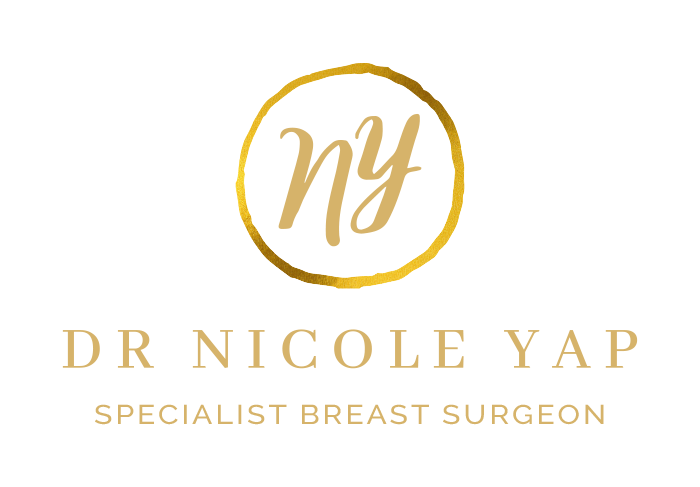Breast conditions occurring during pregnancy and lactation can be specific to this period of breast change or overlap with non-pregnant breast conditions. Breast lumps detected during pregnancy are generally benign.
Benign entities include galactocele, fibroadenoma, obstructed milk duct, mastitis with or without abscess, hyperplastic (lumpy armpit) axillary tissue, and granulomatous mastitis.
During breast feeding, it is not unusual for the nipples to become sore and develop small cracks. Bacteria can multiply on the breast and enter the body through the nipple resulting in infection or mastitis, which can cause pain, redness, and swelling. Other symptoms include fever, headache and general unwellness, a breast lump, and thick white nipple discharge. Breast infections can be persistent, but most respond to antibiotic treatment within 14 days. If there is no improvement, an abscess may have formed which can be diagnosed with an ultrasound. Drainage of the abscess, either by ultrasound-guided drainage, or more formally in theatre, will assist in treating the infection. If the infection does not settle despite these treatment options, an underlying cause should be excluded, such as inflammatory breast cancer.
A Galactocele is another benign breast lump found in pregnancy and breast feeding. It is essentially a milk-filled cyst which is a result of the blockage of a duct during breastfeeding. The first symptom is usually a tender mass in the breast, which can be seen on ultrasound. If possible, a galactocele can be drained to alleviate symptoms. Sometimes the fluid within it is too viscous to allow adequate drainage. Occasionally it may get infected which requires antibiotics and drainage to treat.
Axillary hypertrophy or lumps under the armpit can occur during pregnancy secondary to the axillary tail of the breast (extension of breast tissue to the armpit) becoming swollen during milk production. This can be tender but will eventually atrophy and go away.
Granulomatous mastitis is a rare chronic inflammatory breast condition that occurs around lobules and ducts of the breast in the absence of specific infection, trauma, or evidence of autoimmune process. It has also been contributed to the oral contraceptive pill and lactation.
It can present as an infective process with redness, pain and fever, and is diagnosed on tissue biopsy. The usual age range is 17-42 years.
Corticoteroids and methotrexate, generally without surgery, is the gold standard treatment. If left without treatment, it tends to take 1-2 years to resolve.
Breast cancer affects approximately 1 in 3000 pregnant women and is the second most common malignancy affecting pregnancy.
This mean that even though breast lumps are common during pregnancy, they should all be assessed if growing in size. Assessment will tend to avoid mammograms as the radiation can potentially harm the foetus.
If you are diagnosed with breast cancer during pregnancy, the treatment options will be more complicated as you want the best treatment for the cancer whilst also protecting the baby.
It is generally safe to have surgery for breast cancer whilst pregnant. The surgeon, anaesthetist and high-risk obstetrician need to work together to decide on the best time during pregnancy to perform the operation. Chemotherapy seems to be safe for the baby if given in the second or third trimester of the pregnancy. Other treatments such as hormone therapy, targeted therapy and radiation therapy, can be harmful to the baby and are usually given after the birth.
